Simple Strategies for Managing Challenging Behaviors in the Classroom
In every classroom, we encounter children who express their needs in ways that may be challenging for us as educators. Managing these behaviors is part of creating a supportive, nurturing environment where all children can thrive. This week, we’re sharing some simple, actionable strategies to help you address common challenging behaviors in early childhood settings—whether it's hitting, biting, or general defiance.
1. Understand the Root Cause
Challenging behaviors are often ways children communicate needs that they can't yet express verbally. Taking a moment to assess what might be driving a behavior is key:
Is the child hungry, tired, or overstimulated?
Are they struggling with a transition or a change in routine?
Tip: Use observation as a tool to understand patterns in behavior. Noting when and where behaviors occur can give insight into potential triggers, enabling you to proactively plan interventions.
2. Implement Positive Reinforcement
Celebrate the behaviors you want to see more of! Children respond well to encouragement, so focusing on and praising positive actions can reinforce good habits.
Recognize small steps they take toward the behavior you want to encourage.
Use specific language, like “I love how you used gentle hands,” instead of general praise.
Tip: Create a “Kindness Jar” where you add a token each time a child engages in positive behavior. Once the jar is full, celebrate with a special activity.
3. Model Self-Regulation and Empathy
Children learn a lot from watching us. When we model calmness and use gentle words, even in stressful situations, they’re more likely to adopt those behaviors.
If a child is having a hard time, use phrases like, “I see that you’re feeling frustrated. Let’s take a deep breath together.”
Show empathy by acknowledging their emotions before addressing the behavior.
Tip: Create a “Calm Corner” in your classroom with soft seating, fidget toys, and a poster with calming techniques. Encourage children to use this space when they need a break.
4. Use Visuals and Clear Routines
Many challenging behaviors stem from a lack of understanding or predictability. Visual schedules and consistent routines help children feel secure and understand what’s coming next.
Post a daily schedule with images they can understand, and walk through it with them each morning.
During transitions, provide a countdown (e.g., “In five minutes, we’ll start cleaning up”).
Tip: Introduce a “Classroom Helper” role, where children can take on small tasks, which can build a sense of responsibility and give them a positive focus.
5. Practice Gentle, Consistent Boundaries
Setting boundaries is essential, but it’s important to approach them with kindness and consistency.
Establish a few clear, simple rules and explain them in a way children can understand.
Stay consistent with expectations but remember to be flexible if the child is in distress.
Tip: Offer limited choices when giving directions. For example, “Would you like to put the toys away or stack the blocks?” gives them a sense of control while achieving your desired outcome.
Challenging Behaviors Are Part of Growing
Each challenging moment is a teaching opportunity. With patience, observation, and consistent positive reinforcement, you can guide children toward more constructive ways to express themselves. At RICE, we believe that these early interventions build resilience, understanding, and empathy in our young learners.
For more in-depth training on handling challenging behaviors, join us at the Rainbow Institute of Childcare Education for our upcoming classes and workshops. Let’s work together to create supportive, positive classrooms where every child feels seen, valued, and understood.
About Rainbow Institute of Childcare Education (RICE):
At RICE, we’re committed to supporting childcare providers with evidence-based training and resources. We provide online and in-person training for early childhood educators, administrators, and providers to help them create safe, nurturing, and educational environments for young learners.
